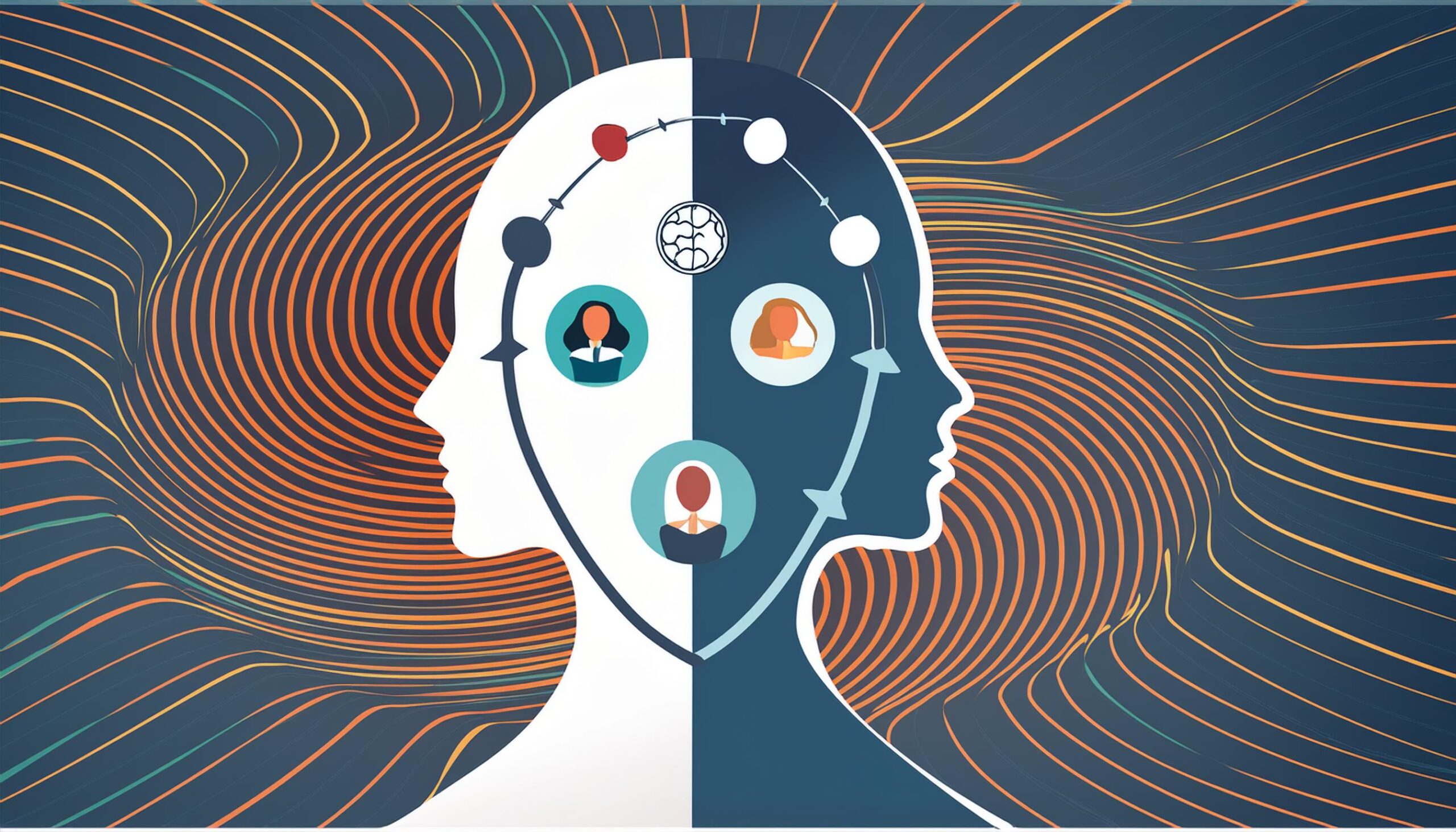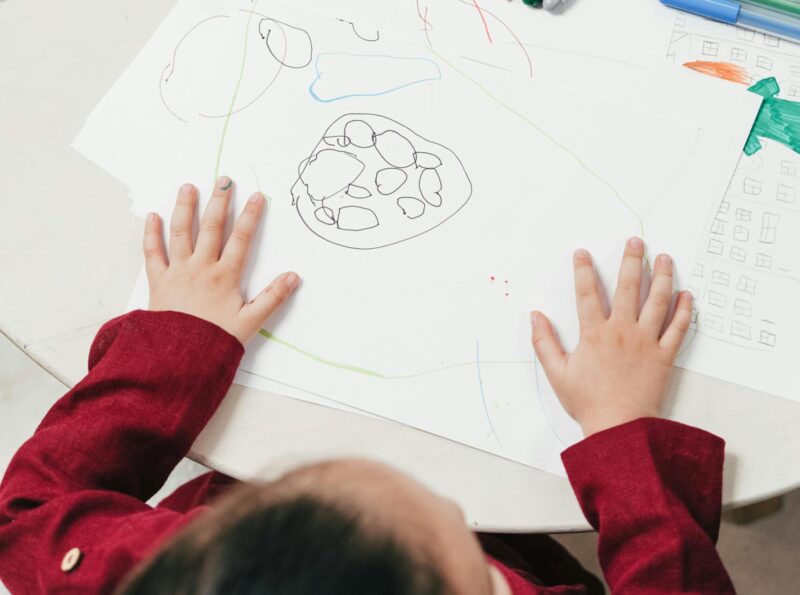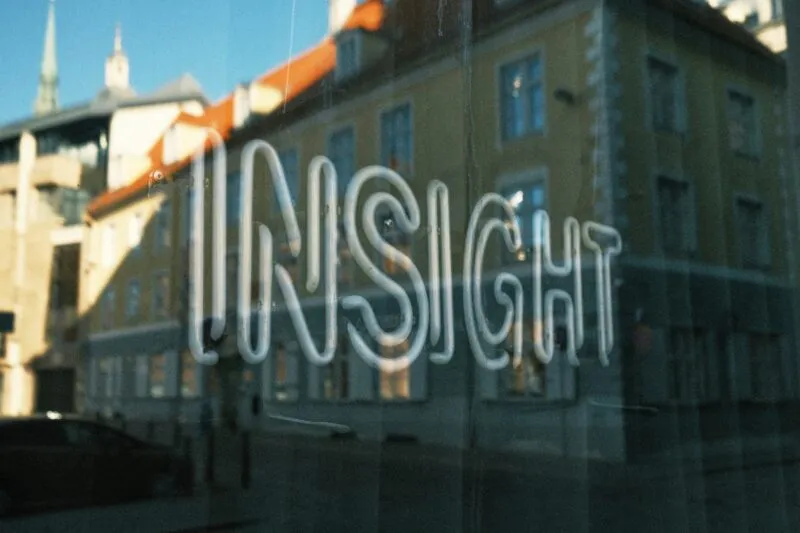Talking to and understanding customers and stakeholders
“Stop, collaborate and listen …”
Did these 4 words trigger a lip sync response for the next few words of the opening to Ice Ice Baby?
Fun fact: Ice Ice Baby was originally released as a B-side on a two-track single. The record company put Vanilla Ice’s cover of “Play That Funky Music’ as the A-side, as it was seen as a ‘safe bet’! However, it was the B-side that caught people’s imagination. Unlike the record label, radio DJs had a deep connection and understanding of their audience and knew what they would respond best to.
The rest is history. People went crazy for it. It became a part of the zeitgeist of the early 90’s, and every 90’s tribute party since. Vanilla Ice’s career took off (he even danced with Ninja Turtles!), and the record company quickly pivoted to re-release the single, flipping the order of tracks.
This story is a great example of the power of understanding your customer in whatever form they may be, eg. internal, external. What will best move the needle (ahem pun?) for them. The signals are there. All we have to do, as Ice says, is to stop, collaborate, and listen.
The dichotomy of getting inside the mind of your customer
“People don’t think what they feel, don’t say what they think, and don’t do what they say,” a statement coined by David Ogilvy. Ogilvy would know, he is regarded as a purveyor of cultural influence and provocateur to people’s attention.
How do we get a deeper understanding of our market/ customer/ user/ stakeholders when people consume and are influenced by a deluge of new information everyday? Any insights of credibility can quickly lose relevance. Impacting people’s attitudes (remember COVID!) plus as an extra bonus, people’s behaviours are affected by new technology (genAI) ie. they are getting lazier. Meaning we tread a fine line when we challenge people to think (ahem Steve Krug)!
Making the possible a priority
Ogilvy’s quote should encourage you to lean in in order to understand your customers’ pains and needs. It will result in improving the odds of your success in launching/improving product and service experiences. You’ll find new opportunities for innovation open up when you put your customer at the start of your problem solving process. Successful organisations are wise to this fact.
The following examples, of companies we helped, will provide insight and hopefully inspiration for ways in which you could benefit from putting your customer at the centre of your problem solutions.
Moving out the comfort zone
There is the ‘safe zone’ of your corporate office where decisions are often made. Getting people out of their natural habitat is a challenge faced by many teams when developing a new, or improving an existing experience. This is something we tackled when we ran a graduate program for an organisation in the energy sector.
The goal was to get graduates thinking differently in how they went about their problem framing process. To achieve this we got people out of the office by conducting a week’s site visit. The graduates were armed with a pen, a clipboard, and a swag. They were under strict instructions to observe, only ask customers clarifying questions, then record everything.
The graduates immersed themselves in their customers’ world. This method is called a ‘safari’. It is an invaluable way of gaining a raw understanding of how people think and act differently: including your teammates. As a result of the customer immersion the graduates proposed solutions that not only led to their success in the program, but also had a sustainable impact on future business operations.
Leaning into the unknown
People love to break the rules. Organisations invest heavily in designing new business processes. Then ‘set and forget’ once they are approved. People are, ironically, the one thing often not considered in the design. We seem to forget that people can’t be automated! We are rule breakers by nature. We are always on the hunt for new ways to save time and effort.
Over time there is decay in any process. The challenge an organisation faces when a system or process is compromised and loses its integrity is capturing the ‘real’ current state to create a future desired state. To move forward and bring in change there has to be stakeholder engagement. Not only to listen and learn. But to also gain alignment to motivate people to adopt the new changes and create new habits. We refer to this as “building the bus”.
To overcome this challenge with an organisation of over 3,500 staff we zeroed in on what was happening today, the process and why people had made changes to the original system. To get people’s insights we interviewed and documented, then repeated, and repeated. Until we literally had people chasing us to contribute.
All of this data was captured and presented in the form of an experience map. It gave people a clear visualisation of the current state of play. More importantly, it highlighted their contribution. They felt ownership (see here).
The result of this people-driven process of data capture and visualisation enabled buy-in and an understanding of the reason for the need for change. Insights captured in this working document became the springboard for ideation. Ideation led to further opportunities and ways of working to deliver outcomes outside the original thinking at the start of the project.
Mapping is a great method to visualise and present an experience or process. The method to gather information requires collaboration. I suggest keeping things simple. Create four horizontal swim lanes for: actions, people (who are involved in the actions), related places or touchpoints, things (the tools and systems used). You can add more information as needed, such as governance or legislation.
Start with empathy
“Empathy is about standing in someone else’s shoes, feeling with his or her heart, seeing with his or her eyes. Not only is empathy hard to outsource and automate, but it makes the world a better place” – Daniel Pink
We’ve given you a few ideas here to gain an understanding of your customers to learn where there is opportunity to act: by immersing yourself in the world of your customer, speaking to customers and then visualising on an experience map. Building empathy is not a single player game. To achieve empathy with your customers and stakeholders you need to “stop, collaborate, and listen”.
Good luck, “go rock a mic like a vandal!”
—
My name is Dan, I run an innovation and strategy consultancy called More Space For Light.
More Space offers design-led solutions, training programs, and workshops to help businesses like yours. So you can design and implement effective strategies for growth and sustainability. To create solutions that meet the evolving needs of your customers.




